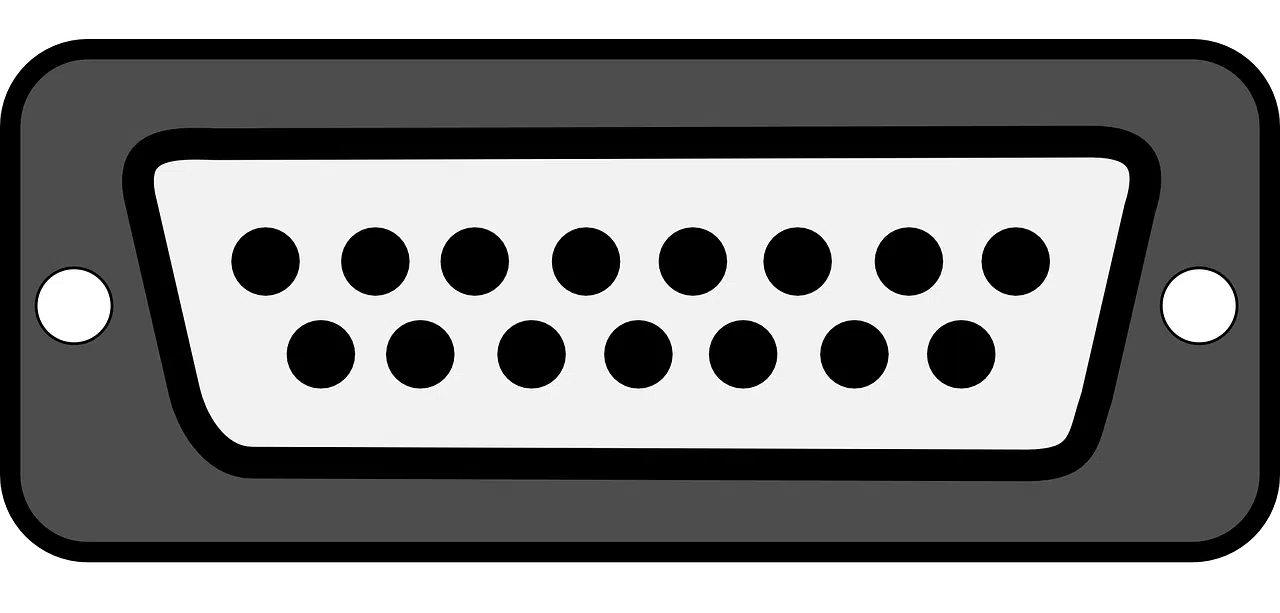
A parallel port is a type of connection that makes it possible to transfer data through packets that circulate simultaneously on a cable.
A parallel port is a type of connection that allows the transfer of data through packets that circulate simultaneously through a cable. Within the framework of said exchange of information , there will be bits that will travel different paths, in both directions.
Although the idea of a port is generally associated with facilities that operate in a coastal area and are used by vessels, the concept is broader and has other uses. The port can be understood as an infrastructure that provides various kinds of services.
In computing , a port is an interface that enables the exchange of digital information. These ports can be physical (with an entry in the computer hardware to allow the connection of a peripheral) or virtual (logical ports managed through software ).
Characteristics of a parallel port
What the parallel port allows, in short, is the simultaneous exchange of bit packets through different threads . Each parallel port can be used to send up to 8 bits simultaneously, through 8 different threads.
In a PC , the parallel port is integrated into the motherboard . The speed of parallel ports increased with technological advancement.
The first parallel ports that were created operated at a speed of 2.4 megabytes per second, that is, at that time they allowed the exchange of information in a bidirectional manner. However, this is no longer the case now.

The motherboard has parallel ports that are physical.
Classification according to type
The studies and advances achieved in this regard have allowed us to currently find much faster parallel ports, highlighting these two types fundamentally:
- EPP (Enhanced Parallel Port) , which has the capacity to reach speeds between 8 and 16 megabytes per second.
- ECP (Enhanced Capability Port) . This has been developed by the joint work of two important companies, such as Microsoft and Hewlett Packard . It can achieve the same operating speeds as the previous one, but it has a nuance that makes it different: a system thanks to which it can immediately recognize one or more peripherals that are connected.
Other properties of parallel ports
Physically we can say that the parallel port of a PC is connected to the outside of it by using a female connector called DB25 , which is made up of the following elements:
- Ground lines.
- 8 data pins.
- 5 status lines.
- 4 control lines.
The possibility of exchanging information bidirectionally through different threads is what distinguishes parallel ports from serial ports or serial ports , which allow information to circulate through a single thread.
In addition to all this, other hallmarks of the parallel port can be highlighted:
- It has an entry/exit address.
- The standard has three 8-bit registers, data, control and status.
- There is the IDE parallel port , which is used to connect hard drives (hard drives), CD burners...
- There is also the SCSI parallel port , which is used in Apple computers.
